What to Consider When Installing Floor Decking in High-Traffic Areas
In high-traffic areas, selecting the right floor decking is crucial for enhancing durability, safety, and visual appeal. Making an informed decision involves understanding various factors that influence material selection and installation techniques. This article explores these key considerations to help homeowners, architects, and builders make smart choices about floor decking for busy environments.
The longevity, performance, and design of floor decking can greatly affect the functionality and atmosphere of a space. Whether designing a commercial building, a public facility, or a frequently used kitchen, the right flooring solution provides both beauty and resilience. This guide examines essential aspects such as material durability, safety features, and environmental impact, ensuring you're well-equipped to select the most effective flooring solution for your needs.
Understanding the unique demands of high-traffic areas is the first step toward choosing floor decking that endures over time. Every factor—from the material type to installation method—matters. By evaluating safety, design, maintenance, environmental impact, and cost, you can create a surface that meets both functional and aesthetic goals.
Comparing Material Durability
Hardwood and composite are two of the most common materials for floor decking, each offering unique benefits. Hardwood provides a natural, timeless look but often requires more maintenance to protect against moisture and scratches. Composite decking, composed of wood fibers and plastic, delivers exceptional durability with minimal upkeep. It resists rot, insects, and fading, making it ideal for busy environments.
In high-traffic spaces, durability takes center stage. Composite decking often outperforms hardwood due to its engineered strength and ability to withstand continuous use. While hardwood develops character over time, it may not hold up as well without consistent care. The right choice depends on balancing natural beauty with practical performance, especially in areas with constant foot traffic.
Environmental impact also plays an important role. Responsibly sourced hardwood can be sustainable, but composite decking often incorporates recycled materials, making it an eco-friendly option. According to the World Steel Association, steel use is expected to expand by about 20% by 2050, reflecting a broader global shift toward resilient, recyclable materials. In the same spirit, composite floor decking aligns with sustainability goals while maintaining exceptional durability.
Ensuring Resistance to Wear and Tear
Floor decking in high-traffic areas must withstand continuous wear and tear without compromising appearance or performance. Composite materials often deliver superior resistance thanks to their engineered composition, which minimizes dents, scratches, and scuffs. Hardwood can handle moderate use, but it demands refinishing and repairs over time to preserve its appearance.
Daily foot traffic creates physical stress on any surface. Understanding the strengths and limitations of each material helps you choose a decking solution that balances form and function. Selecting materials designed to resist visible damage ensures that high-traffic areas remain attractive and functional for years. In many cases, composite decking provides the durability and aesthetic consistency that make it a go-to choice for long-term performance.
Adapting to Environmental Factors
Wear and tear resistance also depends on environmental exposure. Elements like sunlight, humidity, and temperature fluctuations accelerate deterioration. Composite decking, with its weather-resistant properties, remains stable across these conditions, maintaining its integrity even in challenging climates. As industries embrace more resilient construction materials—similar to the projected increase in global steel use—the focus on longevity and material strength continues to grow. Choosing wear-resistant floor decking safeguards your investment while ensuring consistent performance.
Minimizing Maintenance Requirements
Maintenance is a vital consideration when selecting floor decking for high-use areas. Every material requires some degree of care, but the level varies significantly. Hardwood decking needs periodic sanding, sealing, and refinishing to protect against wear. By contrast, composite decking demands little more than occasional cleaning with mild soap and water, making it a practical choice for spaces where maintenance time or budgets are limited.
Over the lifespan of your flooring, maintenance costs add up. Low-maintenance materials reduce total ownership expenses and minimize downtime. In environments such as schools, shopping centers, or busy homes, choosing composite decking can simplify upkeep while maintaining a polished look. This balance of convenience and appearance makes composite options particularly appealing for high-traffic applications.
Considering Cleaning and Care
Maintenance also includes cleaning frequency and product compatibility. Choosing decking that resists stains and can be easily cleaned without special products improves long-term convenience. A material's ability to maintain color and texture after years of use further enhances its value. As construction trends lean toward efficiency and sustainability—mirroring the expected 20% increase in steel use—low-maintenance, durable floor decking supports both practical and environmental objectives.
Prioritizing Safety and Slip Resistance
Safety is one of the most critical factors when selecting floor decking. In high-traffic zones, slip resistance is essential to prevent accidents. Surface finishing techniques—such as textured coatings or non-slip treatments—significantly improve traction. These finishes can also complement your design aesthetic, ensuring a secure yet visually appealing surface.
Textured finishes enhance grip while preserving the beauty of the material. This is particularly important for outdoor decks, pool areas, or commercial spaces where moisture may increase the risk of slips. The right finish should strike a balance between style and functionality, ensuring both visual harmony and safety. Selecting appropriate finishing techniques transforms the decking into a durable, slip-resistant, and elegant surface suitable for heavy use.
Understanding Slip Resistance Ratings
Slip resistance ratings, such as those established by the Americans with Disabilities Act (ADA), help determine how safe a flooring surface is under various conditions. These ratings measure friction levels, indicating a material's ability to prevent slips. Selecting floor decking that meets or exceeds ADA standards not only protects users but also minimizes liability risks.
Evaluating slip resistance involves examining surface texture, material composition, and finish. Materials with higher friction coefficients offer better grip, making them ideal for commercial facilities or wet environments. Because slip resistance can decline over time, choosing durable materials that maintain traction ensures lasting safety. This approach reflects a modern emphasis on user wellbeing and design responsibility across the construction industry.
Considering Environmental and Economic Impact
In addition to aesthetics and functionality, the environmental footprint of floor decking materials has become a major factor in decision-making. Composite decking often contains recycled plastics and reclaimed wood, reducing waste and promoting sustainability. Meanwhile, responsible sourcing practices for hardwood decking help maintain forest health and biodiversity.
From an economic standpoint, composite decking's longevity and minimal maintenance can result in substantial long-term savings. Although the initial investment may be higher than some alternatives, the reduction in upkeep costs offsets the difference over time. This combination of financial efficiency and environmental responsibility makes composite decking an appealing choice for builders and property owners seeking durable, eco-friendly solutions.
Aligning with Global Trends in Material Use
The global construction industry continues to prioritize strength, sustainability, and recyclability. The World Steel Association projects that steel use will expand by roughly 20% by 2050, emphasizing the growing demand for durable, long-lasting materials. Similarly, selecting robust floor decking contributes to this trend by reducing material waste and extending replacement cycles. These decisions reflect a collective movement toward responsible resource management and smarter infrastructure planning.
Choosing the right floor decking for high-traffic areas involves balancing durability, maintenance, safety, sustainability, and cost. Composite materials stand out for their resilience, low upkeep, and eco-friendly composition, while hardwood offers timeless appeal with added care requirements. Both options can create inviting, reliable spaces when thoughtfully selected and properly maintained.
Ready to upgrade your space with long-lasting, low-maintenance floor decking? Contact North-East Deck & Steel today to explore durable solutions that fit your design and performance goals.

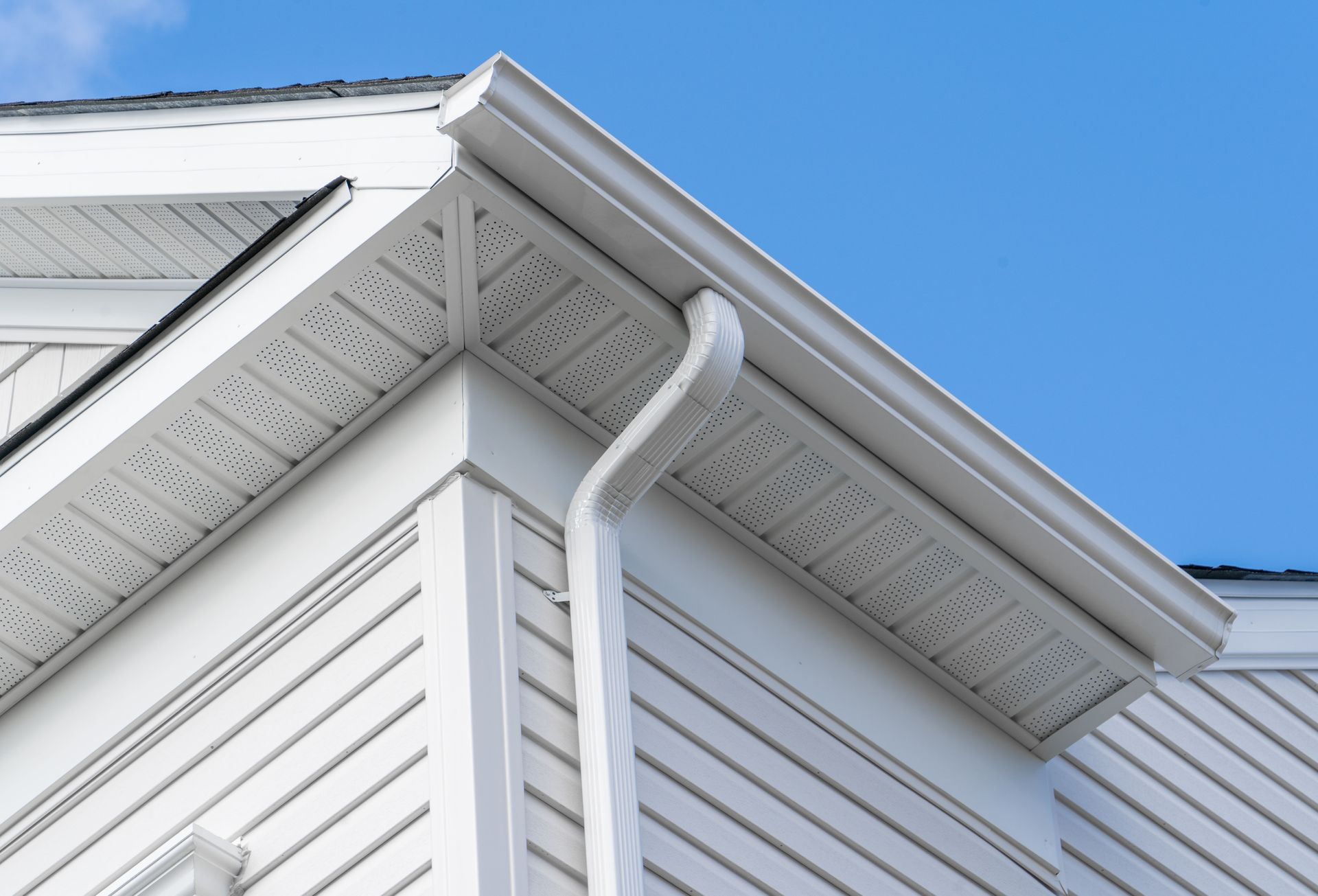
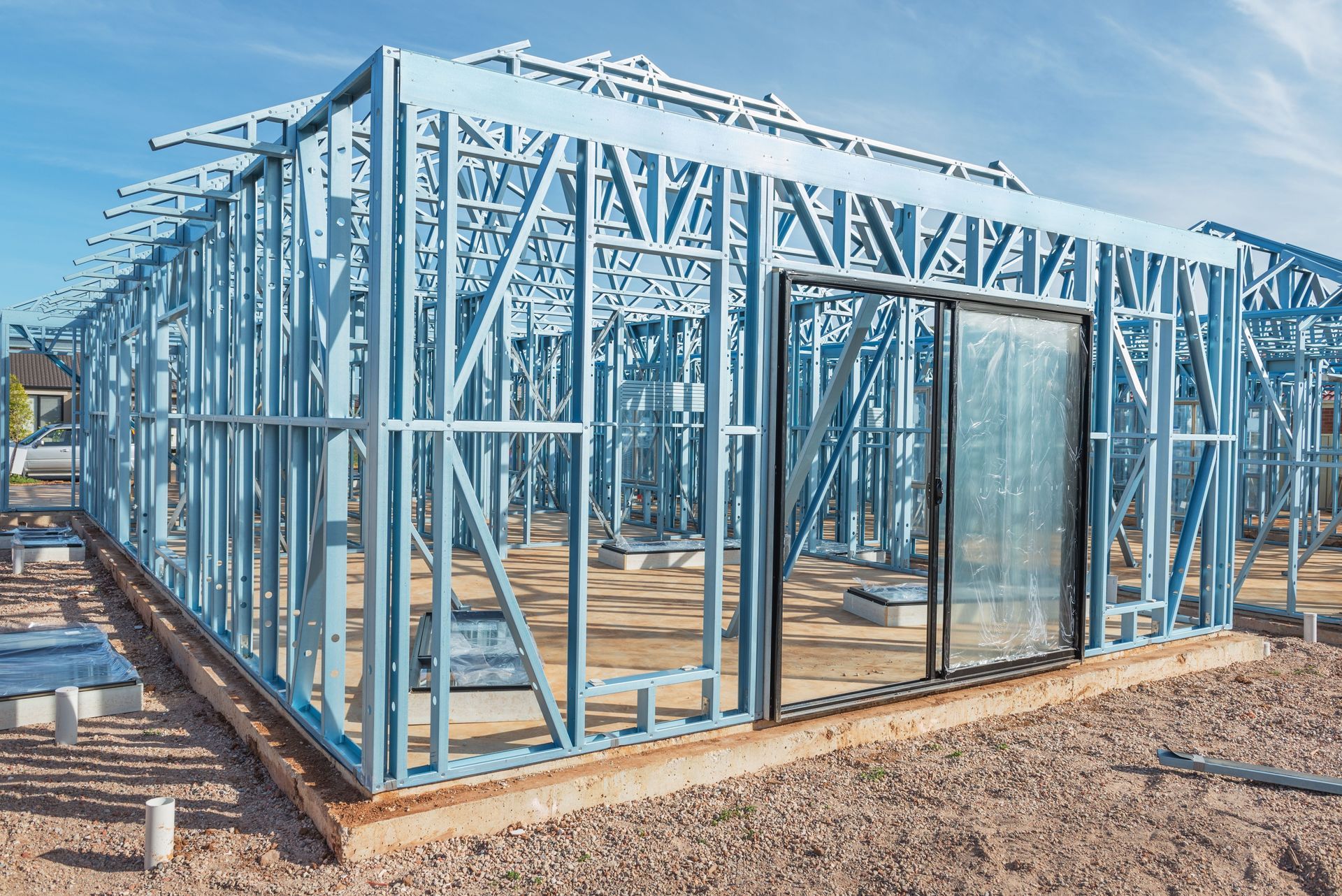
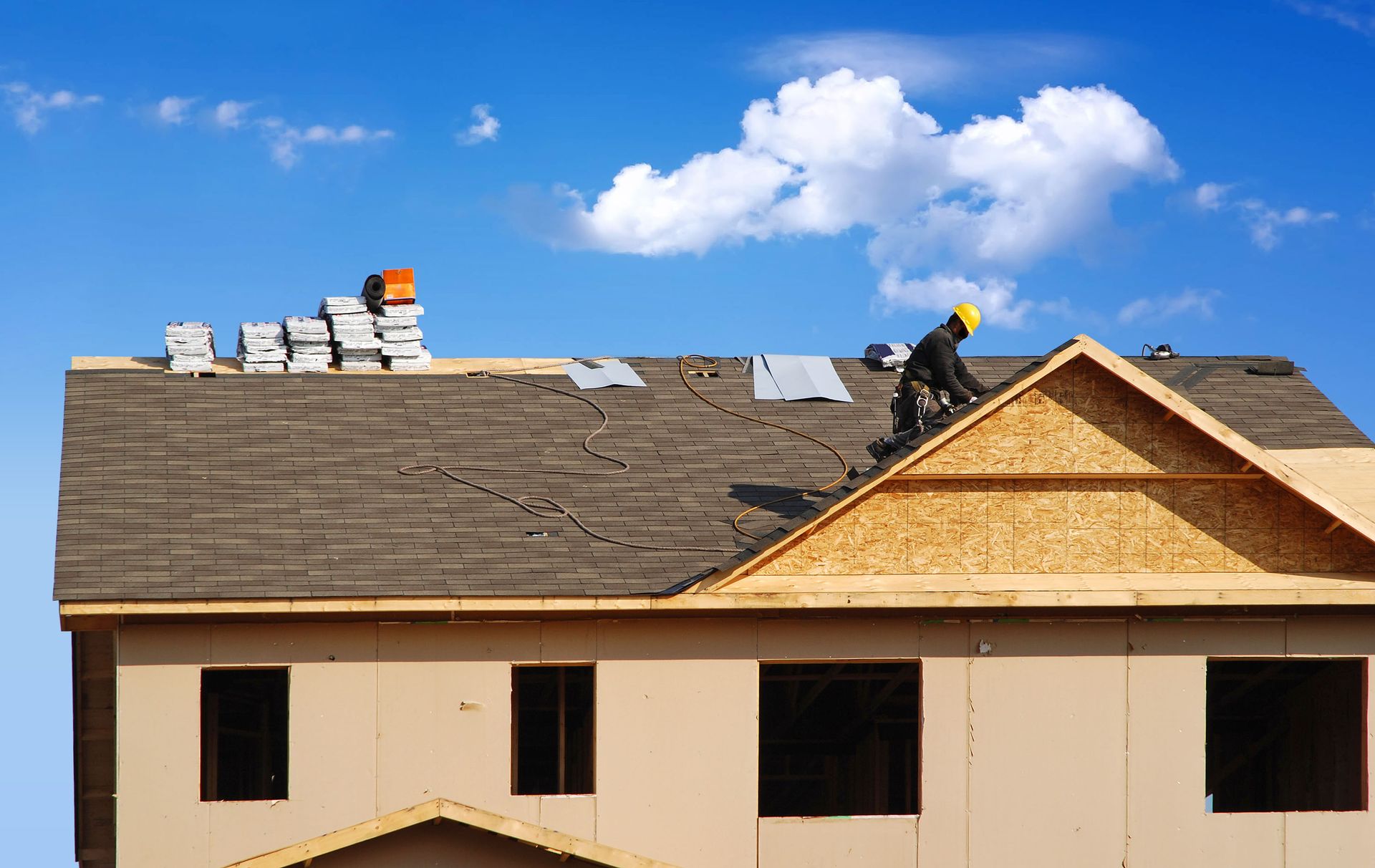
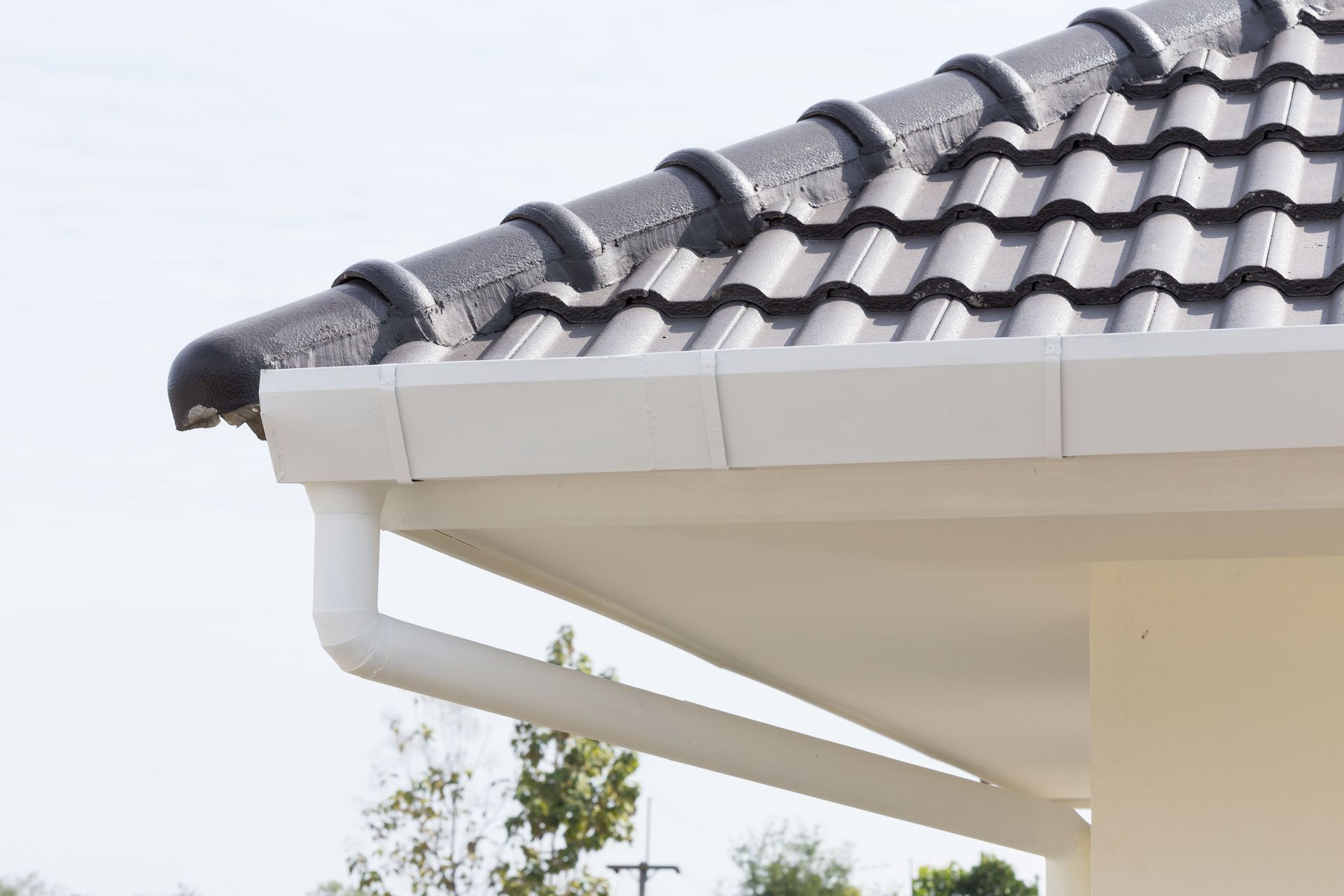

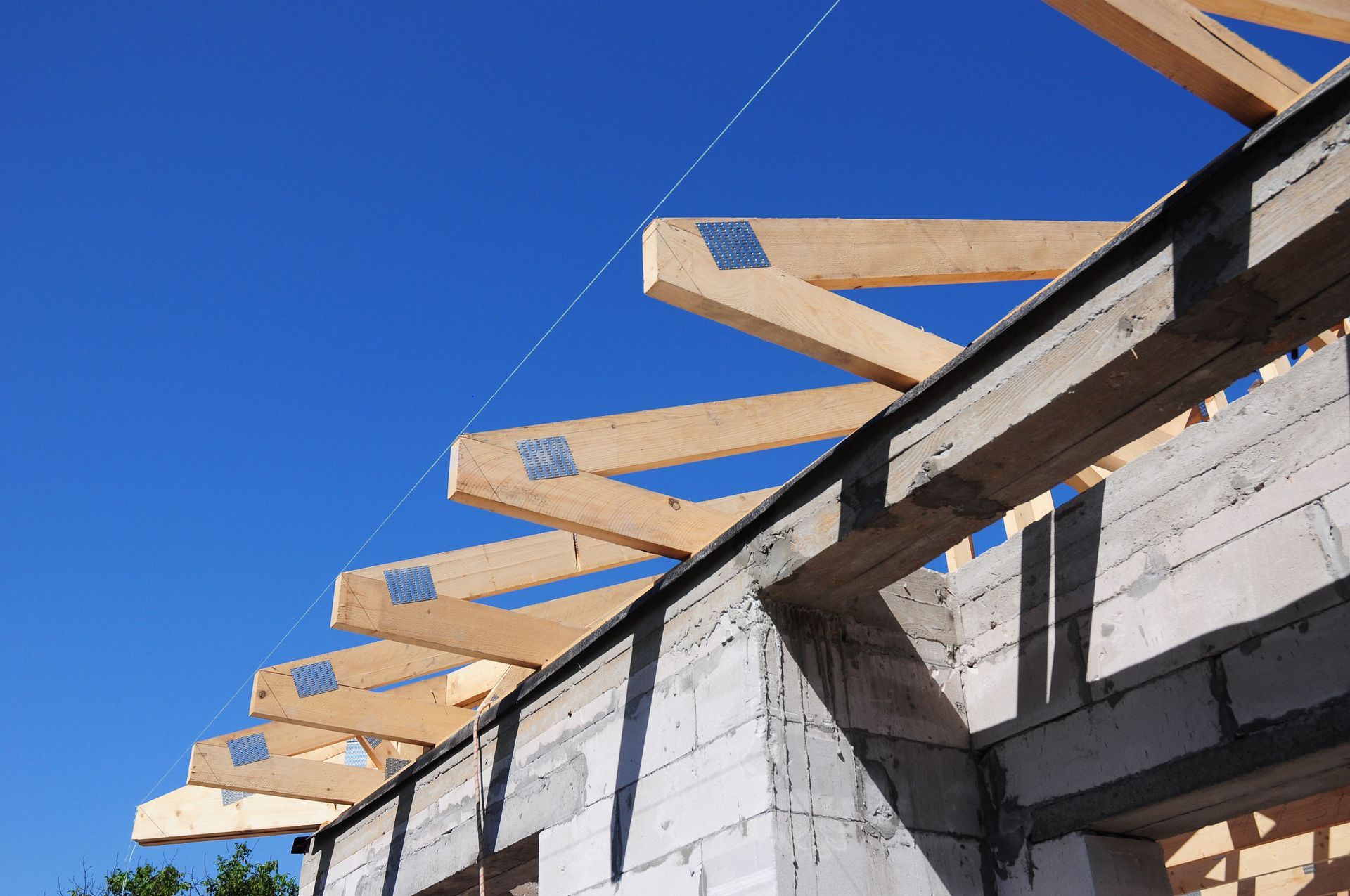

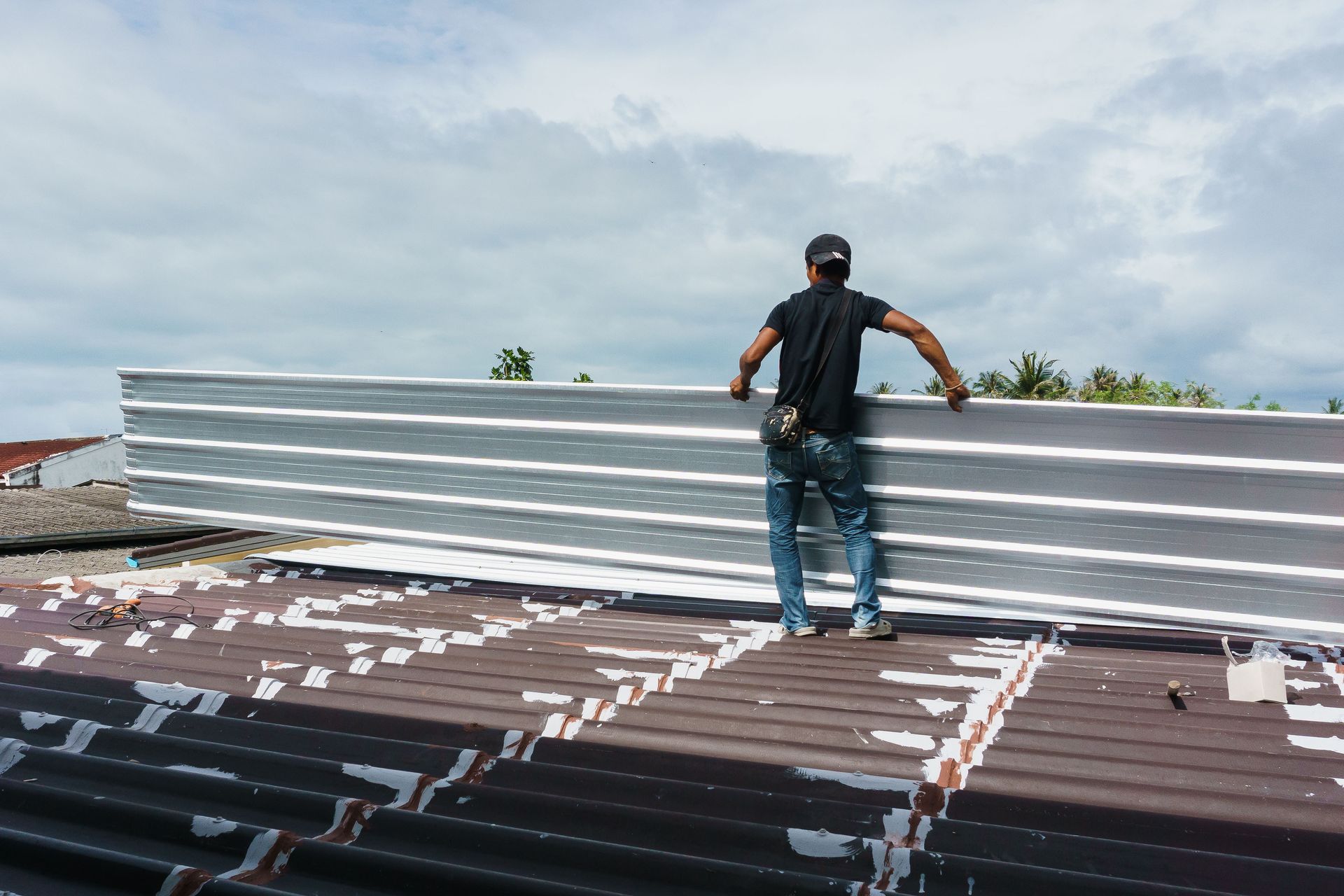
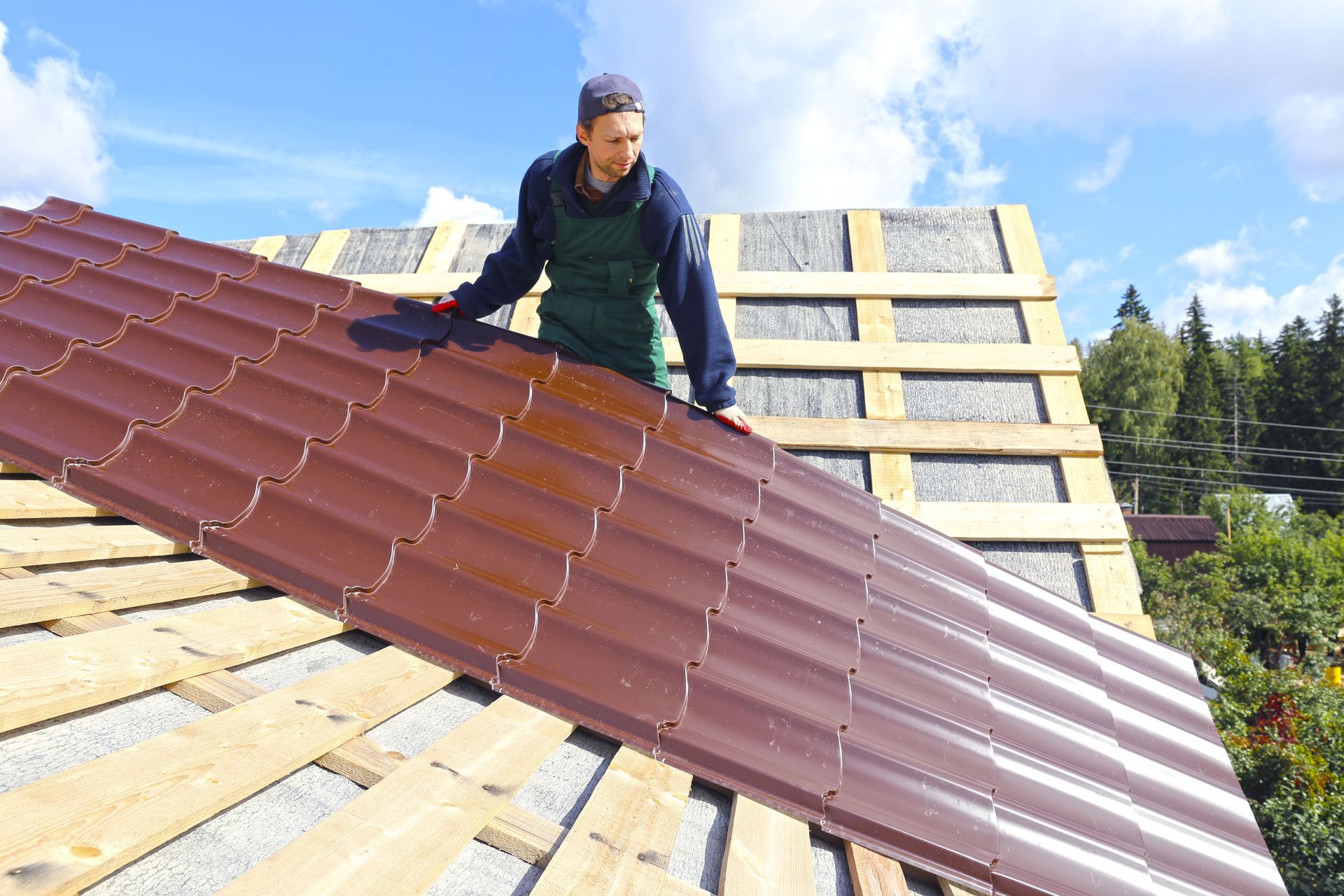
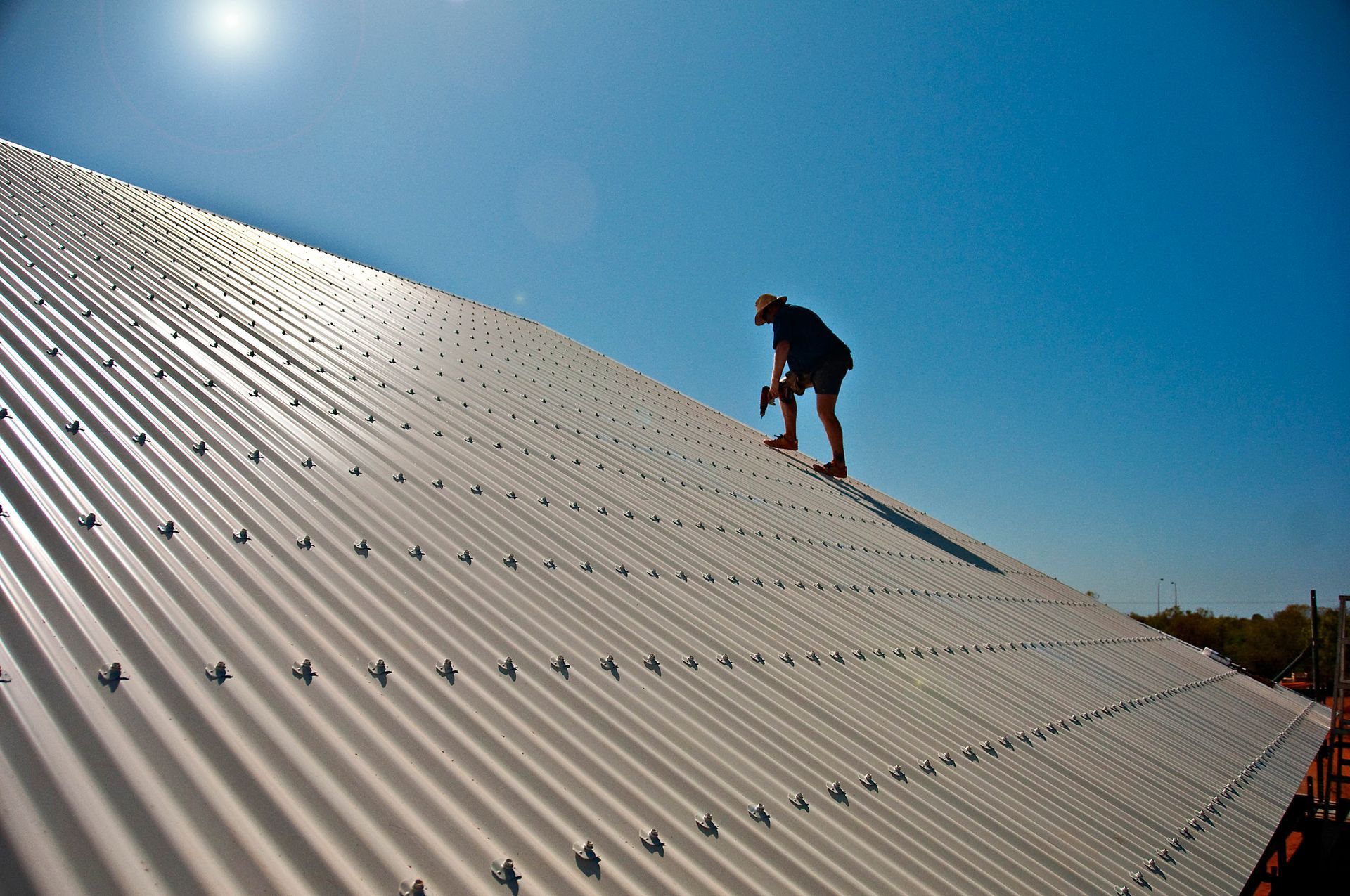
Share On: